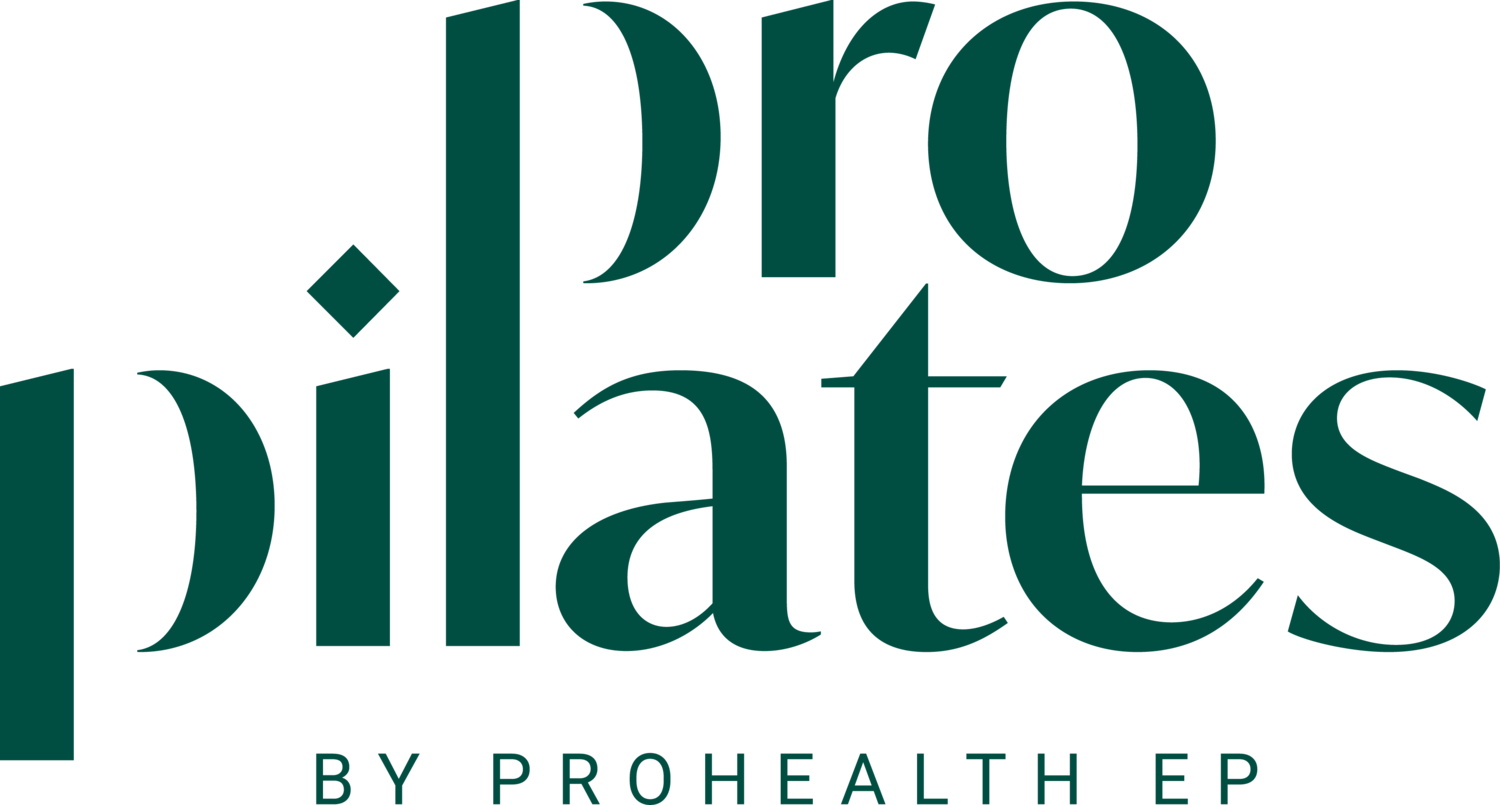POTS (Postural Orthostatic Tachycardia Syndrome)
Managing POTS Through Movement: How to Exercise Safely with Postural Orthostatic Tachycardia Syndrome
Living with POTS (Postural Orthostatic Tachycardia Syndrome) can feel overwhelming at times, particularly when movements like standing up can cause symptoms such as dizziness, a racing heart, or fatigue. But with the right support and a tailored approach to exercise, many people with POTS find they can significantly improve their quality of life.
At ProHealth EP and ProPilates, our Women’s Health Exercise Physiologists are here to guide you every step of the way by creating safe, personalised programs that help you move with confidence and feel more in control of your health.
What is POTS?
POTS is a type of dysautonomia that causes the heart rate to increase significantly, usually over 100 bpm after transitioning from sitting or lying to standing. This can lead to a host of symptoms, including:
⭐ Dizziness and light-headedness
⭐ Rapid heart rate (orthostatic tachycardia)
⭐ Fatigue and brain fog
⭐ Shortness of breath or chest discomfort
⭐ Autonomic dysfunction like temperature sensitivity or gut issues
Because blood pools in the lower body upon standing, the body responds by releasing hormones to get blood back to the brain and heart, triggering the mentioned symptoms.
Why Exercise is Important
It might seem counterintuitive to exercise when you’re feeling light-headed or wiped out, but regular, low-to-moderate intensity movement can actually:
⭐ Improve venous return and stroke volume
⭐ Reduce fatigue over time
⭐ Strengthen muscles (especially in the lower limbs)
⭐ Enhance mood and sleep
⭐ Increase capacity for everyday tasks
Most importantly, it can help restore some of the autonomy that POTS can take away.
Safe and Supportive Ways to Exercise with POTS
Here are some principles that help reduce symptoms while staying active:
⭐ Start with reclined or seated exercise – recumbent biking, Pilates reformer
⭐ Progress slowly with transitions – avoid fast movements from lying to standing
⭐ Focus on isometric and lower limb strengthening – build muscle pump to improve circulation
⭐ Hydration and salt intake – speak to your care team about increasing fluid and electrolyte support
⭐ Use compression garments – to support venous return during and after activity
⭐ Incorporate breathwork and mindfulness – to calm the autonomic nervous system
Tracking your symptoms and using a heart rate monitor can help you and your EP determine safe limits and track progress.
Reformer Pilates for POTS
Reformer Pilates is an ideal form of movement for people with POTS. Because exercises are performed in a lying or semi-reclined position with a supportive wedge pillow, the risk of dizziness or light-headedness is reduced. The resistance-based nature of Pilates also helps to strengthen muscles and improve circulation, without placing unnecessary stress on the cardiovascular system.
All ProPilates instructors are Clinical Pilates qualified, meaning we can safely modify movements for people managing conditions like POTS, pregnancy, or postpartum recovery.
How Our Women’s Health Exercise Physiologists Can Help
At ProHealth EP and ProPilates, our Accredited Exercise Physiologists work closely with clients living with POTS to create sustainable and individualised movement plans. We understand the day-to-day challenges of fluctuating energy, heart rate variability, and the frustration of feeling limited by your body.
Through careful programming, education, and encouragement, our team helps you:
⭐ Build strength gradually and safely
⭐ Improve circulation and reduce symptom severity
⭐ Regulate your nervous system with breath and mobility work
⭐ Regain confidence in your ability to move and function independently
We also collaborate with your GP or specialist where needed, to ensure your exercise plan supports your broader healthcare goals.
Let’s Work Together to Find Your Rhythm
No matter where you are in your journey with POTS, whether you’re newly diagnosed or learning to navigate long-term management, we’re here to support you with compassion and clinical care.

